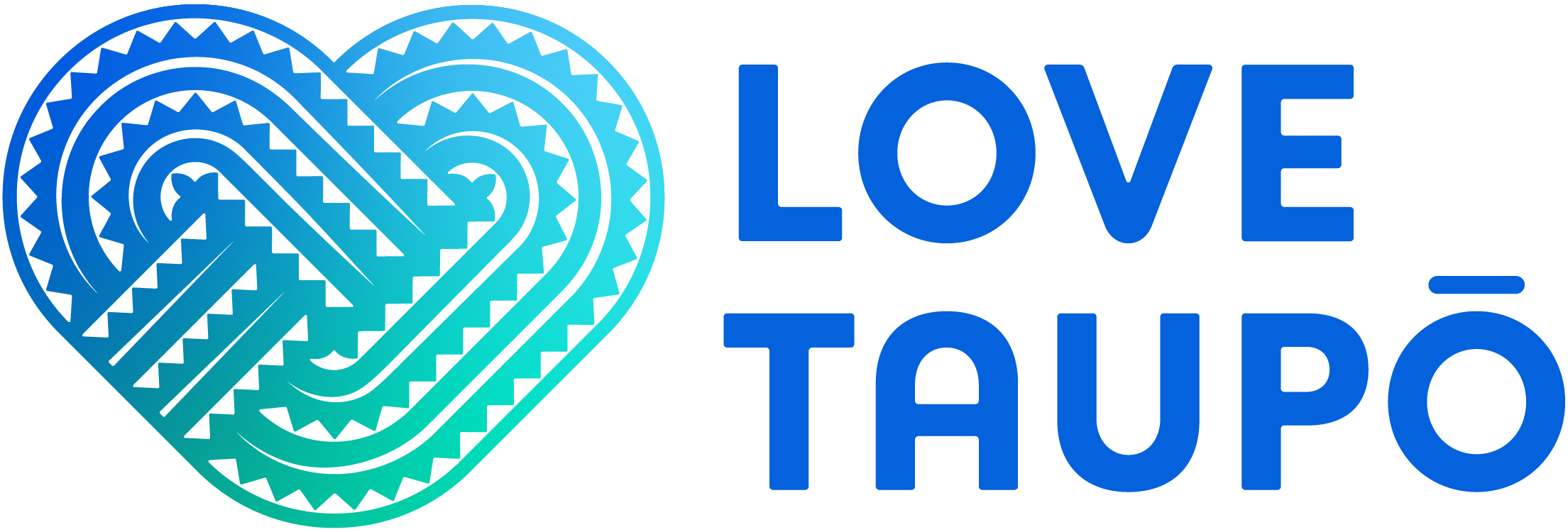Hanging art on pristine gallery walls has never appealed to Ross Liew.
Instead, the curator of Taupō’s annual Graffiato street art festival prefers to embellish the spaces that people might cut through to get to work, or visit in order to smoke a sneaky cigarette. He is drawn to carparks, skip bin storage spaces, narrow alleyways and the unkempt backsides of commercial buildings. And he hasn’t always asked permission to paint.
“What we were doing was illegal,” he says of the topical and sometimes politically-motivated guerrilla artworks he and fellow artists previously splashed across inner city walls. “But we wanted to contribute something to the community where we lived and worked. I still want that.
“I’ve always been intrigued by the idea of public space as a place to display art. Exhibitions in galleries and museums didn’t really make sense to me because you’re limiting your audience so much, you’re relying on people to walk in, instead of putting it on the street where thousands of people see it.”
Which is exactly the opportunity he has offered fellow artists – with council permits and community approval secured – as head of the long-running, game-changing Graffiato event.
Ross has curated the festival since its inception in 2011, helping to bring more than 100 murals in urban Taupō laneways and streets. It was the first event of its kind and continues to be the longest running street art festival in New Zealand.
There is no doubt the town’s streetscape has changed as a result. But he is adamant Graffiato has also figuratively changed the landscape for street artists, who run the gamut from professionally-trained, studio-based illustrators to those who cut their artistic teeth tagging train carriages.
“It has increased visibility of the art and the artists who make it. It’s been a major platform, it’s actually made them visible. It’s absolutely launched careers and it’s grown the demand and the market for this kind of art.
“When we started, not a lot of people were able to make a living from this. Now, there’s a lot more artists able to do it.”
He says Taupo has shown other towns and regions what is possible in terms of commissioning artworks or committing to hosting similar events.
“A lot of places have done it since but, as it stands, Taupo is the only one that’s been able to do it for 10 years. That’s quite remarkable and special. I am proud of that legacy.”
Ross says the temporary art form – some works have faded with the elements or been replaced by a new building - serves a multitude of purposes. Whereas early Graffiato events primarily focussed on enhancing and beautifying the town’s neglected service lanes, later works tend to reflect the region’s identity. Others may promote and provoke discussion or present ideas.
He describes one mural that spells out ‘All that glitters.’
“It’s a huge piece that’s really visible, beautifully executed, in pleasing colour palette. It’s easy on the eye. But it’s a provocation. It’s making us think about the role of materialism in modern society. You have to finish the familiar phrase mentally.


